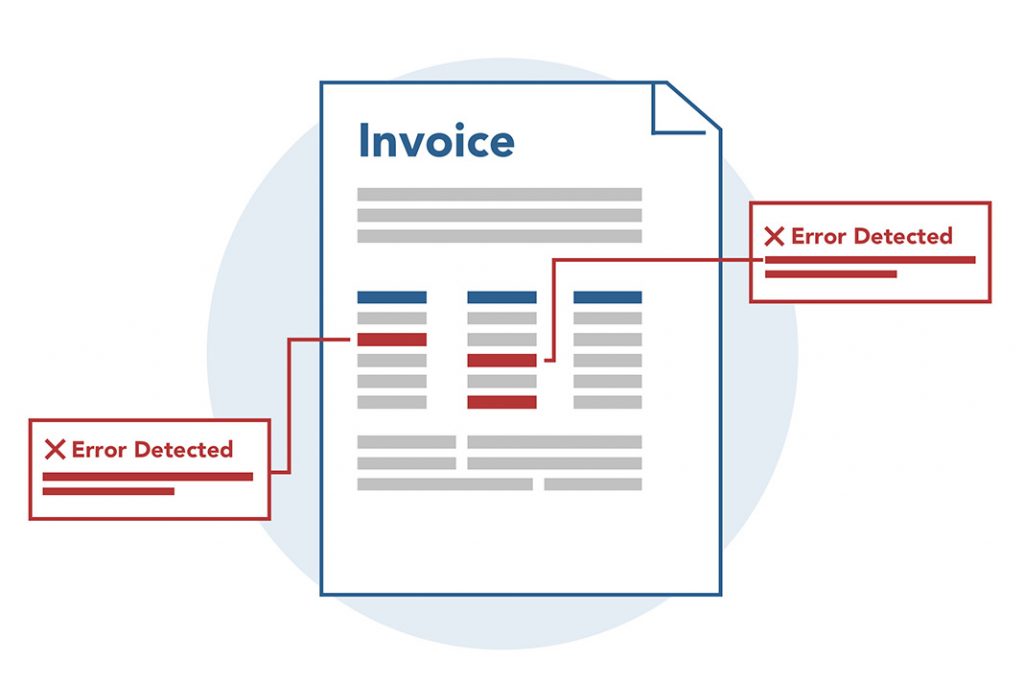Find out how manufacturing companies can boost efficiency and increase profitability with accounts payable automation.

By Shan Haq, Transcepta, Vice President of Corporate Strategy and Development
In the manufacturing industry, the cost of manually processing invoices can reach upward of $12 each. While $12 seems small, for businesses with hundreds or thousands of monthly invoices, the costs become large fast. Invoice approval commonly requires two- or three-way matching, driving companies’ high invoice processing costs. In a normal transaction, a supplier needs to send an invoice that matches a purchase order while also ensuring the goods received match what’s actually reflected on the receiving documents.
Suffice it to say that there’s a lot of data checking and research required for each transaction—and a lot of opportunities to mess up, especially when the AP staff is lean.
Unfortunately, many manufacturing companies still rely on the same tools and processes to manage invoices as they have for decades. If you don’t have a direct digital connection with your suppliers—or if you’re using optical character recognition (OCR) technology or other manual processes—there’s a good chance you’ll make errors when validating, keying, and approving an invoice. And all of those errors require human intervention to remedy.
Even if you do somehow manage to capture all the information correctly, it may take a long time for the supplier to create and send an invoice and for you to receive and process it. This creates a backlog that leads to more inefficiency in accounts payable (AP).
While laggard organizations might absorb higher invoice processing costs, most organizations are cost-conscious in today’s era of rising inflation, soaring interest rates, and economic uncertainty. The good news is that making a smart investment in AP automation can help manufacturing companies conquer the cycle of invoice inefficiency and strengthen their bottom lines because of it.
In today’s difficult economy, the last thing a supplier wants to do is spend time tracking down money they’re owed. With a modern AP automation solution in place, manufacturers can create direct digital connections with their suppliers. As a result, suppliers can easily self-serve information about the status of invoices at their convenience, giving them visibility into their cash flow and more predictability into when they can expect to be paid.
With the right solution in place, invoice processing is automated entirely, ensuring that suppliers are paid when they’re supposed to be. This strengthens the relationships manufacturers have with their suppliers while ensuring they don’t get hit with a credit hold for missing payments that cause operations to grind to a halt.
AP automation also helps manufacturers create a more resilient supply chain. If a supplier had to choose between doing business with someone who paid them predictably and someone who paid them intermittently, they would certainly choose the former. In today’s age of widespread supply chain disruptions, this issue can’t be overlooked.
With AP automation, manufacturers don’t need as many people to handle the same volume of invoices any longer. Say goodbye to directing employees toward tasks such as validating OCR processes or contacting the procurement department to determine whether there’s an error in a purchase order. Instead, the technology will eliminate invoice exceptions automatically without human intervention. Plus, as the economy rebounds and volume increases, you won’t need to add additional employees to manage a higher number of invoices because AP automation sets you up to scale.
What’s more, by giving manufacturers complete visibility into invoices, AP automation also enables them to improve cash flow and reduce costs. With AP automation, it’s easy for manufacturers to take advantage of every early payment discount available while ensuring other payments are only sent when they’re due. It’s an easy way to make sure you’re only paying the amount that you owe while avoiding potential late payment penalties that stem from missing due dates.
To navigate a challenging economic climate, manufacturers need to work smarter and more efficiently if they wish to survive. By investing in AP automation, organizations can significantly reduce AP processing costs while making suppliers and employees happier.
In addition to helping increase operational efficiency and eliminating unnecessary labor expenses, AP automation prepares manufacturers for the future. Once the economic storm has come and gone and business picks back up, manufacturers will already be in a position to process invoices at scale without needing to hire more staff.
If your manufacturing company is still processing invoices manually, you’re overdue for a change. The sooner you embrace AP automation, the faster you’ll be able to stop the cycle of invoice processing inefficiency—much to the delight of your employees, suppliers, and other stakeholders.
Shan Haq is vice president of corporate strategy and development at Transcepta, the leading cloud-based procure-to-pay platform. Haq is responsible for shaping Transcepta’s strategy for new markets, products, and alliances. Through leadership roles in corporate strategy, marketing, and product management, Haq has successfully grown businesses within Microsoft, Deloitte Consulting, and Boeing Space and Technology. Transcepta, based in Aliso Viejo, California, is an intelligent procure-to-pay platform that enables accounts payable and procurement teams to achieve 100 percent straight-through invoice processing across their supply chains without scanning or OCR imaging.
In this episode, I sat down with Beejan Giga, Director | Partner and Caleb Emerson, Senior Results Manager at Carpedia International. We discussed the insights behind their recent Industry Today article, “Thinking Three Moves Ahead” and together we explored how manufacturers can plan more strategically, align with their suppliers, and build the operational discipline needed to support intentional, sustainable growth. It was a conversation packed with practical perspectives on navigating a fast-changing industry landscape.